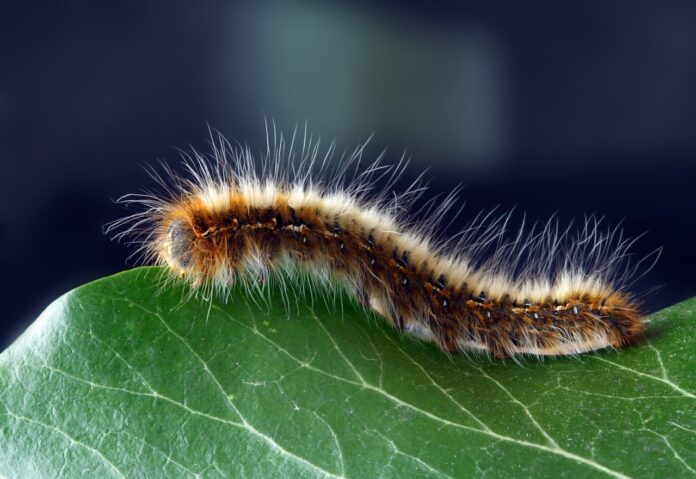A sunny day in the park, kids laughing, and nature all around—it sounds perfect, right? That’s exactly how Leslie Howe’s day started. But a seemingly innocent outing turned into a cautionary tale that every parent should hear.
Leslie, a Georgia mom, was at a playground with her little ones when she noticed something unusual near them. At first glance, it was just a small, furry ball—nothing alarming. But something about it didn’t sit right with her.
Her instincts kicked in, and thank goodness they did.
The “furry ball” wasn’t harmless at all. It was a puss caterpillar—a deceptively cute creature that’s actually one of the most venomous caterpillars in the United States. Beneath its soft, cat-like fur are venomous bristles capable of delivering an excruciating sting.
Experts describe the pain as worse than a wasp sting. Imagine something sharp latching onto your skin and sending waves of pain that feel like they’re burrowing into your bones.
Leslie’s discovery serves as a reminder for parents everywhere: not everything adorable in nature is safe.
These caterpillars, technically called Megalopyge opercularis, are tiny troublemakers. They’re only about an inch long and can be found across the U.S., from New Jersey to Texas. They often feed on trees and shrubs, blending in perfectly with their surroundings.
But don’t let their size fool you. Their sting can cause severe pain, swelling, and in rare cases, an allergic reaction called anaphylaxis. Ethnologist Don Hall explained it best: “The pain is immediate and only intensifies. It can last hours and even radiate through your entire arm or leg.”
Even seasoned experts like Eric Day, who manages Virginia Tech’s Insect ID Lab, aren’t immune. While mowing his lawn, Eric accidentally brushed against one of these critters hanging on a tree. What followed was days of burning pain and weeks of lingering irritation.
So, what should you do if you—or your kids—encounter one?
If you’re stung, remove the venomous hairs using sticky tape, wash the area thoroughly, and apply hydrocortisone cream or baking soda to soothe the itching. And if symptoms worsen, don’t hesitate to seek medical attention.
The good news? Most stings aren’t life-threatening. But knowing what to watch out for could save you a world of hurt.
This story isn’t just a one-time incident; it’s a timely reminder to stay vigilant while exploring the outdoors. Share Leslie’s story to spread awareness and keep others safe. Because sometimes, danger comes in the fluffiest disguises.




